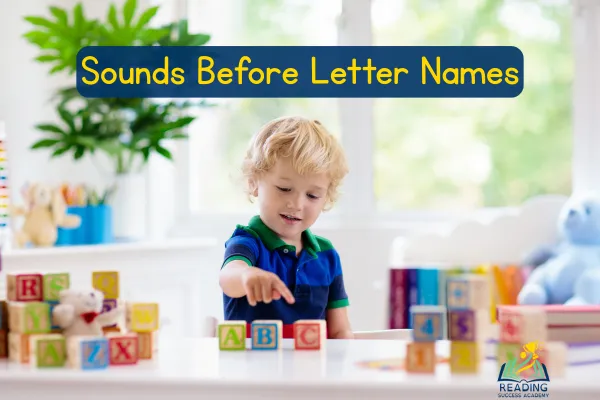
Teaching Young Readers To Focus On Sounds First
Teaching Young Readers: Focus on Sounds
When teaching young children to read, teachers and parents often discuss the best way to start. The Phono-Graphix method weighs in with some great information: teach kids the sounds that letters make before teaching them the names of the letters.
Letters are like "pictures" or symbols that stand for sounds. Young readers sometimes think that letters have meanings or make sounds by themselves, which can be confusing. Instead, it’s important to teach that letters are special symbols picked to show certain sounds. This helps make reading and spelling easier for kids.
A common mistake that parents and teachers make is calling letters by their alphabet names—like "see" for 'c', "tee" for 't', or "ef" for 'f'. This can confuse kids because they have to learn two things at once: the letter name and the sound it makes. Many kids find this confusing, which makes it hard for them to read words correctly.
For example, there is a six-year-old girl named Stella, mentioned by the Phono-Graphix authors. Stella was taught letter names first and could say the alphabet easily. However, this made reading confusing for her. She thought that the letter 'w' (double-u) made the sound 'd' just because its name started with a 'd' sound. This kind of confusion is common for young kids who learn letter names too early.
With special lessons that focused only on the sounds letters make, Stella was able to fix her confusion quickly. After just twelve lessons, she learned to see letters as sound symbols instead of their names.
Parents and teachers who use this method help kids avoid extra confusion. When teaching early reading, it is much better to focus only on the sounds that letters make. Letter names can be taught later, after the sounds are well understood. This way, kids learn the most important reading skill first—the ability to sound out words, which helps them become better readers and spellers.
Start by teaching your child the most important information first to simplify and speed their progress to reading success.
